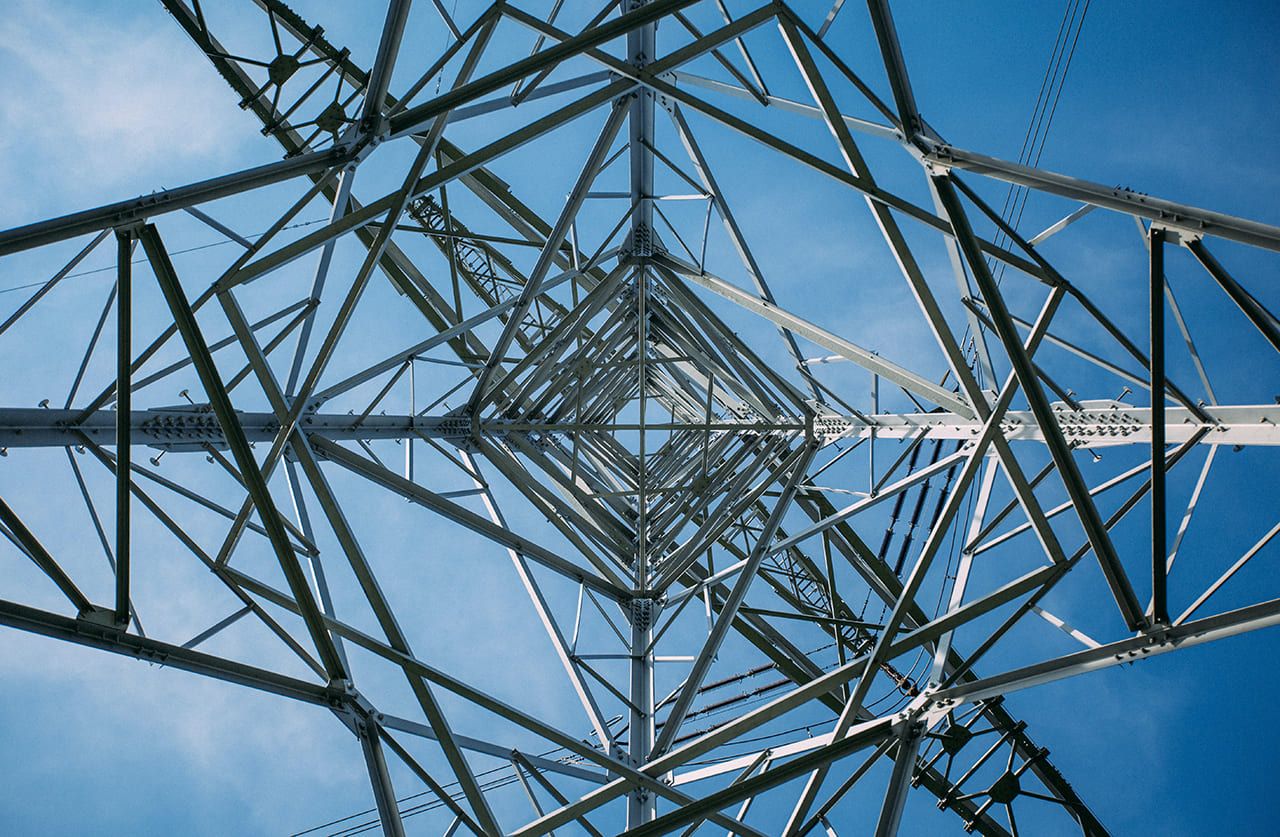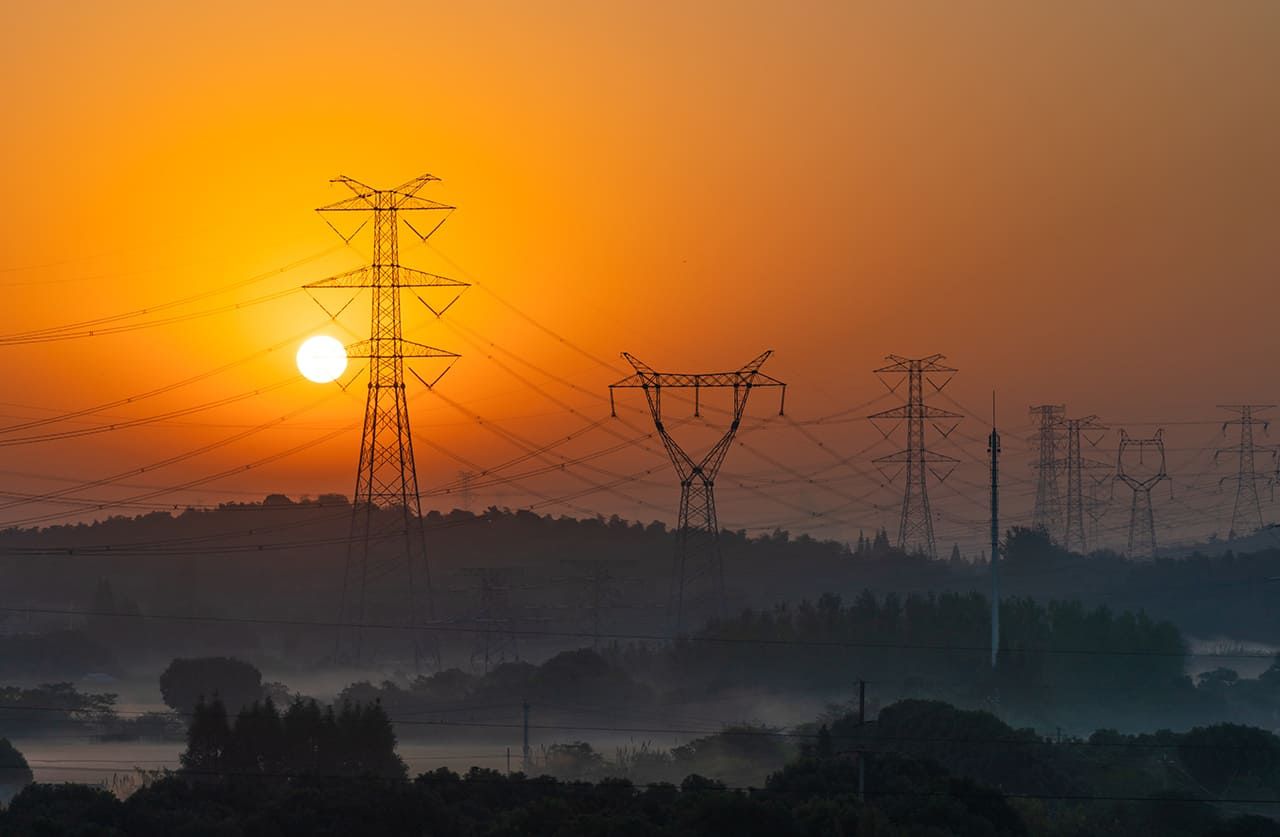While power engineers have various reasons for creating such unusual masterpieces, they are united by the material that makes such creativity possible: steel and structures made from it. In fact, the construction of new electricity pylons is a serious task for the coming decades.
The Ukrainian and global energy sector is facing a difficult challenge today. An increasing number of small power plants that use renewable energy sources – solar, wind, water and so on – are being added to national and regional power grids. These stations must be linked together to distribute the power they generate to consumers and ensure uninterrupted operation by balancing the loads of all these generators. At the same time, outdated nuclear and thermal power stations are often decommissioned. This requires the development and reconstruction of electric grids, which use thousands of new power line pylons and tens of thousands of kilometres of wire. The complexity of this task is comparable to when the first electric grids were built just over 100 years ago.

The history of electricity lines
Wood was the original material used for electricity pylons. The first electrical engineers based their infrastructure on the existing telephone and telegraph networks, using wooden poles, insulators and fittings. As the capacity and transmission distances of the electricity lines increased, the wooden posts were replaced with steel. A line in Mexico that powered mines in the state of Guanajuato is considered one of the first all-steel power lines. The pylons were supplied by the US company Aeromotor Windmill, which as its name suggests, previously specialised in windmills. Over time, the production of steel electricity pylons became a separate line of business for factories that produce steel structures.
The first large-scale wave of electrification on the territory of modern-day Ukraine took place in the 1930s. The construction of massive power plants was underway as part of the GOELRO programme, including Dnipro Hydroelectric Station (DniproHES) in Zaporizhia. It supplied electricity to the Dniprostroy complex, which included a steel factory (now Zaporizhstal), as well as a ferroalloy and aluminium plant. In addition, the energy generated by the turbines of DniproHES was distributed to Donbas and Kamianske.
Many steel pylons were required to build new electricity lines. However, it turned out that not all of them were suitable for the task of widespread electrification. Soviet engineers initially planned to use products that followed US designs. To account for the climatic conditions and landscape of Ukraine (for example, the heavy icing of lines), a different choice was needed. In Zaporizhia, steel pylons of the so-called Svirsky type were used (they reduced metal use by up to 20%). DniproHES was connected to factories in Donbas and Kamianske via a line that used a specially designed three-post pylon. This design reduced the cost for building a high-voltage line by 10%. This was also the first significant experience in the construction of welded structures instead of riveted ones, which were gradually becoming outdated.

Today, almost all electricity pylons are made of steel or reinforced concrete. Old-fashioned wooden poles are only installed in some countries; they wear out quickly and need to be replaced quite often. In addition, this option is usually used for low-voltage lines.
Only steel pylons are suitable for high-voltage power lines. Special industry standards stipulate the requirements for them.
Modern power lines
There are several typical designs, the selection of which depends on the capacity of the line, landscape and other parameters. In general, the steelworks that produce such pylons use standardised raw materials. Then, at the installation site, the final pylon is assembled from these modules.
Electricity pylons use flat products (up to 10% of the total volume) and steel angles with legs of widths varying from 35 mm to 200 mm. The St3 steel grade is mainly used for such structures in Ukraine and CIS countries. It is one of the basic materials for load-bearing building structures and is also widely used in industrial production. Small volumes of the structural low-alloy silicon-manganese 09G2S steel grade are also used. In Europe, such structural elements are made using rolled products from steel grades such as S235JR, S355J0, S355J2 and so on.
The main peculiarity of electricity pylons is that they must be hot-dip galvanised. While this process is widespread throughout Eastern Europe, Turkey and many other countries worldwide, fewer than two dozen enterprises in Ukraine have the necessary technology to apply a zinc coating to finished steel structures and other steel products. And only a few of these galvanisers can apply zinc coatings to large structures such as electricity pylons.
After galvanising, the products cannot be processed further. This could damage the protective coating and lead to premature corrosion, compromising the lifespan of 40-50 years. For the same reason, during installation, the different parts of the structures are connected using special hardware (bolts and nuts) that must also be hot-dip galvanised.
Large-scale renovation of the existing energy infrastructure in Ukraine occurs quite rarely: once every several decades. However, the development of alternative energy sources could create the incentive to invest in new power lines built using steel structures. Who knows, maybe we will recognise Ukrainian symbols in one of them, such as the Cossack, trident and so on.
